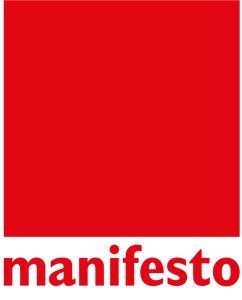Hans Hess Sweatshirt: Renaissance Pictures Were, in Their Day, What Would Now be Called In-jokes





Hess writes about the work of French painters after the revolution, in the eighteenth and nineteenth centuries, which witnessed the rise of the bourgeois class. He writes that art is a language that needs to be deciphered if we intend to understand the meaning of a work of art – he calls it a ‘riddle’. He says that traditionally, art has been made in a way that is only understood by the ‘initiated’, like a secret language – or in-jokes. By the initiated he means the educated – the ruling class. He quotes Marx saying that ‘the ideas of the ruling class are always the ruling ideas’. It means that artworks express the ‘illusions’ of this ruling class, rather than the reality, or a reflection of the artist’s own will. In the Renaissance for example works of art were made for and about kings, princes or popes. The work of Jacques-Louis David for example expressed the hopes and illusions of the political revolutionaries of his time, through a classicism emulating the antique, identifying the heroic with the virtuous.
The texts gathered in Hans Hess: Selected Writings are tools for thinking about and questioning art, the artist, art history, and ideology. Expanding on the writings of Marx, Hess discusses the evolving role and status of the artist. Art and the artist have always played an important ideological role in society – and in the class struggle. A work of art cannot be understood if taken out of its social and ideological context. Art has always been an instrument of power, especially for the ruling ideology. The first volume focuses on art in the 19th century.
PRODUCT DETAILS:
100% Cotton
Classic width, rib collar
Taped neck and shoulders
Classic fit
